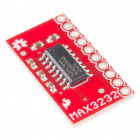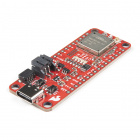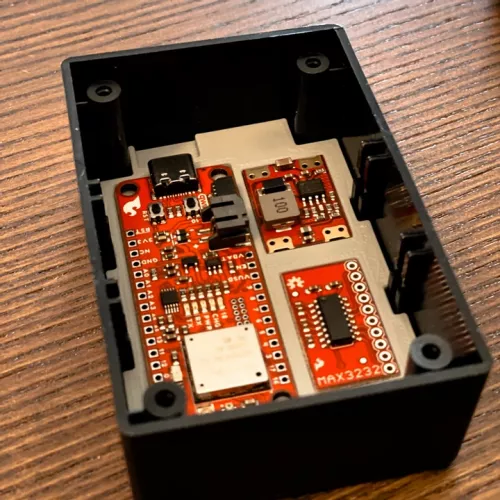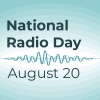Do you ever interact with finalized products or projects and feel total bewilderment at how it achieved such a refined end-state, let alone how it was even started? Sometimes it's hard to imagine the dozens of iterations a product undertook, and the different forms it morphed into over time. It can often feel ambiguous - like the product materialized out of thin air, or the engineer knew exactly the parameters and tools to deploy to create it. But, we all know that's obviously not how engineering works...it takes many dozens of ideas and attempts from different points of view to build out a polished project.
Personally, I really enjoy the context of how a product was ideated and iterated upon; it gives me more of an appreciation of the result. And that means going a step further than simply explaining where the idea came from and the list of tools used. It's understanding the thought process - why certain technologies were used over others, how the physical shape and size of the embedded device was considered, and the different stages of iteration.
This elusiveness of the prototyping process is unveiled a bit more by a company called Tincubate, as they showcase the end-to-end process of porting an existing gas metering Modbus to a wireless solution for Air Liquide. This team of tinkerers are experienced in this process, and accustomed to rapid development and iterative execution, so it's good to learn from the way they think through design and implementation.
In building a wireless solution, they considered the many different ways to implement communication, and go through their thought process in ruling out specific technologies. Mesh technologies would require the nodes to constantly be on, which would cause more power consumption, and cellular would quickly become operationally expensive. They ultimately decided that LoRaWAN would be the best technology to make integrations easy in the future. So they set up a system where gas monitoring sensors connect to a centralized gateway that pushes data into the cloud.
Their process was sequential - firstly making sure the tech works, then making the design more compact, and this is where SparkFun's LoRa Thing Plus came into play!
The first prototype, photo credit to Tincubate
This project is so cool, not only because of the tech that it utilizes, but because of the building process Tincubate outlined. They consider the business objectives needed, like reducing site installation cost and complexity for this specific client, and they assess what the best technologies for this specific project might be, and how to iterate over a design. Hopefully this design process pushes your thinking in how you should build out your next project, whether that's changing the technologies you use or reconsidering what the objectives are in the first place!
The final product, photo credit to Tincubate













I'm in the middle of my own wired to wireless journey. I've designed an Ultrasonic UART link by modulating UART on top of a 40kHz carrier. I'm about 3 revisions deep on the board, I've just recently took some cues from your QWIIC Ultrasonic sensor where you used a MAX232 transceiver to drive the excitation, that will be on my rev3 and I'm excited to see the distance improvement 20Vpkpk will be from 10Vpkpk I'm doing currently! Nowhere near LORAN distances, but fun nonetheless!
Very useful post. This is my first time i visit here. I found so many interesting stuff in your blog especially its discussion. Really its great article. Keep it up.If You are using a camera then you should install the Arlo app on your device. Because your camera works wire-free, powered by the battery. When your Arlo camera detects motion, it uses a WiFi link to the Arlo base station to stream video to your Arlo account in the cloud. The appearance of the Arlo base station varies, as shown in the following Instructions.
https://www.techysupport.co/arlo-app-login-and-issues/
Recent headlines concerning petroleum pipelines and meat processors can be a reminder that an imortant part of "IoT" solutions is security. Air Liquide has stuff that definitely needs a lot more protection than say the milk in my kitchen fridge...